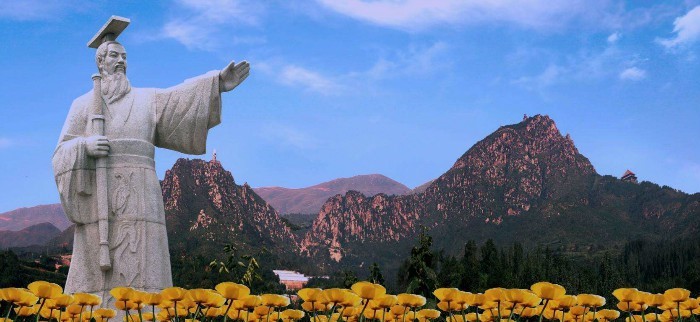Huangdi mausoleum, the legendary Huangdi mausoleum, is the most important ancient burial site in China. After years of development and construction, it became not only a mausoleum, but also a key point in Chinese history and culture. The main attractions of this scenic spot are Huangdi mausoleum and Xuanyuan temple. Before visiting this place, people should know the yellow emperor in detail.

The yellow emperor was the founder of Chinese civilization and a great tribal leader in the last primitive society of ancient times. His surname is gongsun. He was called Xuanyuan because he grew up in Xuanyuan mountain (xinzheng county, henan province). He worshipped the virtues of the yellow earth (the source of food and clothing); So people called him the yellow emperor. It is said that 5000 years ago, he cooperated with the yan emperor to defeat the chiyou tribe and unify the other tribes to establish the Chinese nation. He could make weapons, ships and vehicles, and raise silkworms. He and his contemporaries created words, instruments, medicines, and counting systems that put an end to barbarism and barbarism.
In history, the yellow emperor is remembered for his efforts to punish evil and promote virtue, thus achieving the unification of the Chinese nation for the first time. He is said to have lived for 118 years. Once, while he was traveling in henan, a yellow dragon was struck by lightning and fell from the sky. The dragon said to him, “your work is done. You should go to heaven with me. The yellow emperor knew he could not disobey the command of heaven, so he mounted the dragon. As they flew over mount qiao, the emperor asked permission to go down and comfort his country. People came Shouting; They put on his clothes and tried to keep him on earth, but in vain. He left only his clothes. Later, people buried the clothes of the yellow emperor here and built a mausoleum. Some documents claim that the emperor himself was buried here.
The tomb of the yellow emperor is the tomb of the yellow emperor, hidden in the dense evergreen cypress trees of mount Joe. It gets its name because it looks like a bridge. There are more than 8,000 ancient cypress trees on qiao mountain, most of which are thousands of years old, forming the largest ancient Berlin in China.
The tomb, known as China’s first, is located in the heart of mount qiaoshan, about 1 kilometer (0.6 miles) north of huangling county, yan ‘an city. It covers 4 square kilometers (about 1.5 square miles) and is surrounded by lush forests and clear water. When you reach the top of mount Joe, the first thing you see is a stone tablet. There is a pavilion in front of the tomb, and there is a tall stone tablet engraved with the words “emperor’s mausoleum”. Then you can see the tomb of the yellow emperor. It is a 4-meter-high (4.4 yards) mound surrounded by 1-meter-high (1.1 yards) brick walls. In history, many emperors held memorial ceremonies for the yellow emperor. About 40 meters (43.7 yards) in front of the tomb is a platform called the xiantai of emperor wu of the han dynasty, where emperor wu of the han dynasty (206 bc-24 BC) held a ceremony in honor of the yellow emperor. Longyu pavilion is a famous building in the tomb area. Its strange buildings are five stories and 20 meters (21.9 yards) high, allowing visitors to walk up stairs overlooking mount qiao and huangling county. Since longyuting is the highest point of the tomb area, it was also used to find the fire. As you climb up the long island pavilion, you can clearly see the yintai mountain, which is located in the south of mount qiao. The shape of the mountain reminds people of a great India, so people call it India mountain. The interesting scenery on the east and west slopes is rich: here the maze, the forest and the clear water feel secret, deep and distant. Another interesting spot is the bridge hill at the top of yintai mountain.
Leave a Reply